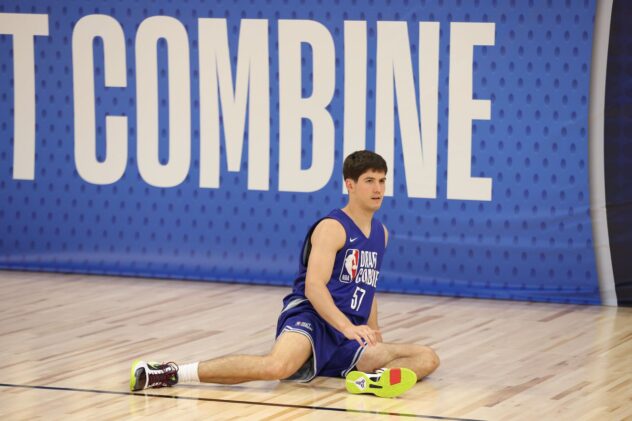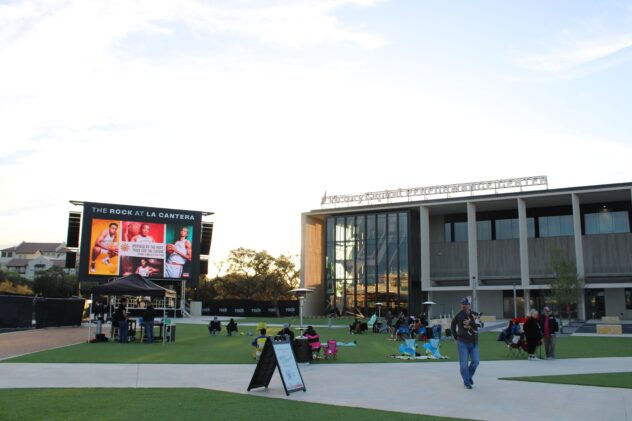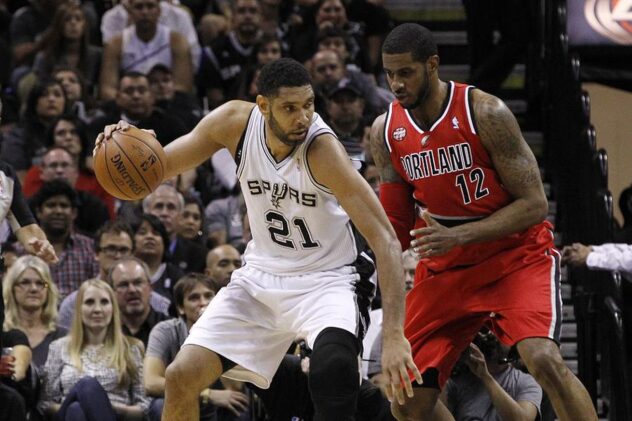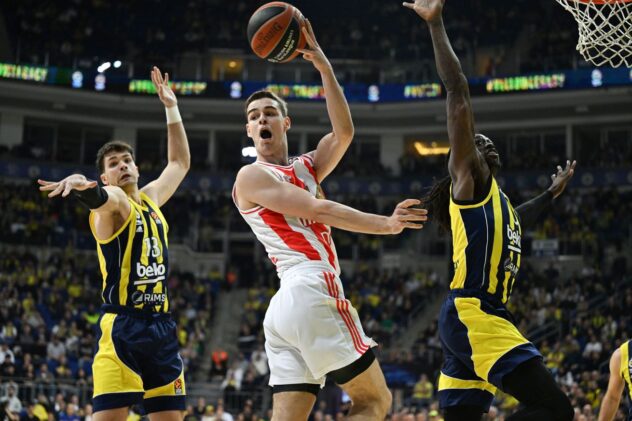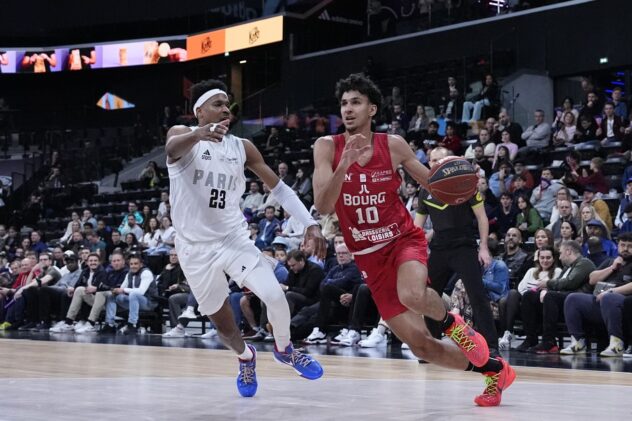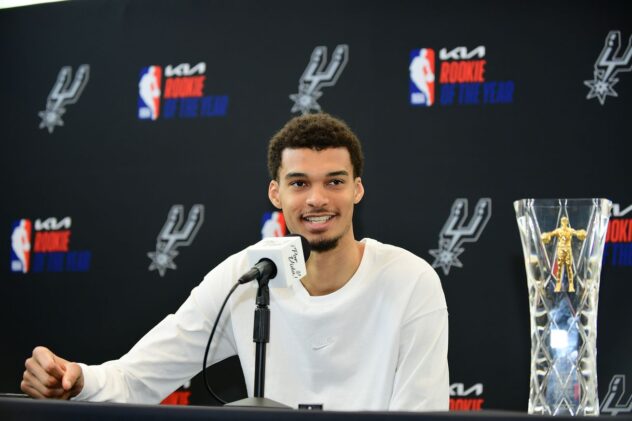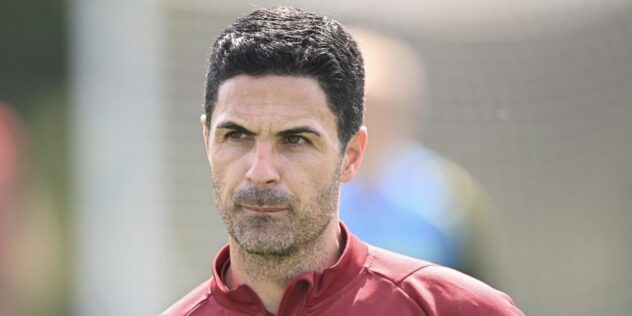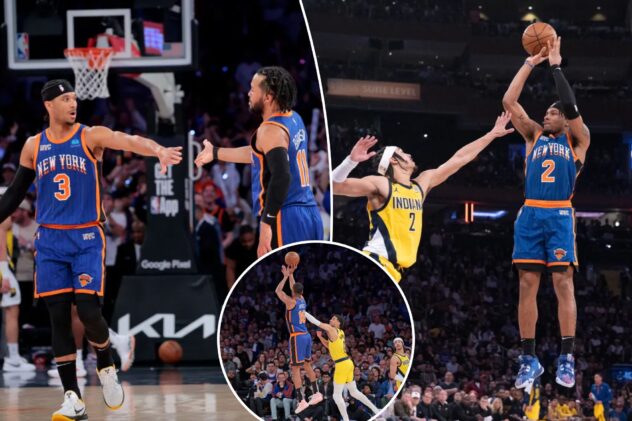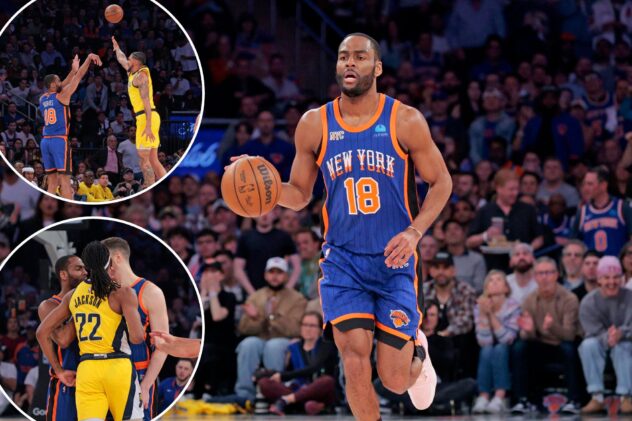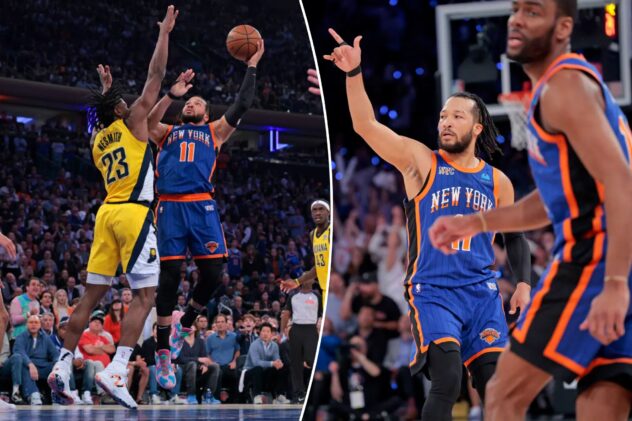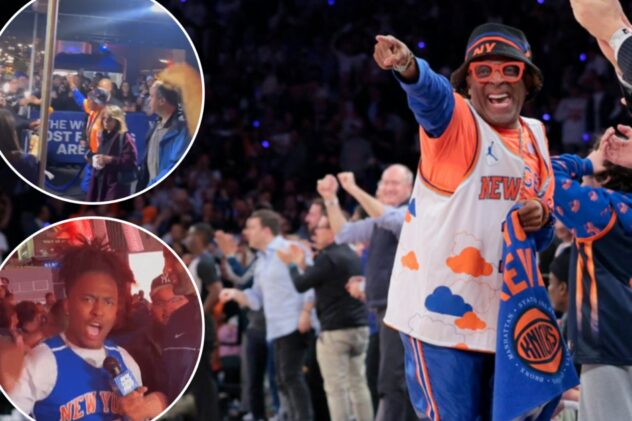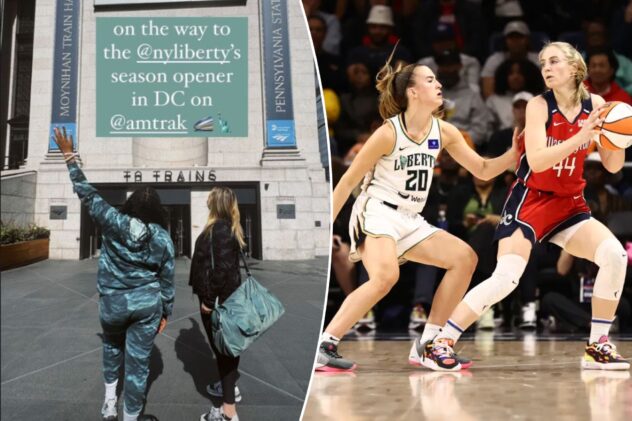Season recap: The 2021/22 Spurs best trait was accepting change

The Spurs’ season has been over for a few days now, but time has not made summarizing it in any easier. Were the Spurs better than expected and ready for a leap, or were they just overachievers that benefited from an uncharacteristically shallow West? There’s a case to be made either way. Do they finally have a core? It’s too early to say.
The season just doesn’t allow for definitive conclusions or tidy narratives in the way others have. Too much happened. That’s just the reality of rebuilding, with its unpredictable ups and downs determined by hundreds of factors. It’s also what makes this year so fascinating, if a little tricky, to dissect.
Even the things that temporarily went the way they were supposed to refused to be permanently settled. A perfect example is seeing a young team be energetic enough to stay close in games but terrible at closing them. San Antonio lost eight of the first 10 clutch games it played, and it wasn’t surprising, since they simply showed their inexperience in the important moments. Then as the season went on and with Dejounte Murray taking on the role of closer, they slowly improved their record in games that came down to the wire. That feels like natural development, yet consistency remained elusive, with the team often regressing not only with late-game execution but also with the early-game energy and focus that had defined them initially. The lessons were learned, but didn’t permanently stick, because that’s just how things go in a rebuild.
The predictable swings between the good and the bad were not only seen at the team level, but also at the individual one. Two examples illustrate this best, one featuring a starter and the other a bench player. With DeMar DeRozan gone, Keldon Johnson had to figure out where he fit in the offense. At first he tried to fill a big on-ball offensive role to poor results, before realizing he was still at his best in the weak side. Lonnie Walker IV found himself in the opposite end of a similar predicament. Not until Derrick White was traded midway through the season could Lonnie get the touches and offensive freedom that fit his skill set the best. At different points those two looked like keepers or disappointments, depending on the circumstances. And they weren’t the only ones. Asides from a couple of standouts, it’s hard to say who had a good season and who simply had some good stretches.
If all the in-season changes in roles and rotation spots felt unfamiliar to Spurs fans, it’s because they were. Even in past years when they were mediocre at best, there was a sense of structure and continuity to the team once the games started counting. This year was different. The backup center and backup point guard positions were in flux for long periods, and there were two mid-season trades, including one that was huge by the franchise’s standards. Moving Derrick White for a veteran role player and a draft pick was a smart way to choose a direction from a team building level, but it also caused massive ripples in the rotation. Walker got more freedom as a shot creator and Devin Vassell got the starting spot that his progress suggested he should have, while Tre Jones’ ball handling suddenly became more important and Josh Primo no longer needed to be in Austin. A lot changed overnight.
As if their own actions didn’t cause enough instability, factors out of the Spurs’ control like health related issues also caused unforeseen adjustments. The COVID spread that forced them to go deep into their bench for a few games, Murray’s late-season illness and even Zach Collins return date were all important developments in a season filled with them, but the most interesting “what if” scenario is the one that involves Josh Richardson. Had the Spurs not lost several wings for multiple games and Doug McDermott for the season, Richardson might have gotten the Thaddeus Young treatment. The trade deadline acquisition was barely playing when everyone was healthy and there’s a serious chance that was going to continue. Instead a series of injuries randomly hit, he cracked the rotation, and he became extremely important on the postseason push, to the point where it’s not hard to imagine him being on the roster next year.
The theme of uncertainty and constant change was even present on factors that were not only outside the Spurs’ control but unrelated to them completely. Without the absolute implosion of the Lakers and the Trail Blazers blatantly tanking as they attempt a one-year rebuild, the play-in would have not been a realistic possibility. Even the schedule played a big part in determining whether the Silver and Black made it to as many wins as they did, since they had three late-season matchups with a Portland team that was clearly tying to lose, as evidenced by the fact that their best player was arguably Drew Eubanks, a center that was demoted to third stringer by the Spurs, then traded and immediately waived. As weird as it sounds, it’s actually possible to claim that San Antonio should have gotten fewer wins and a lower spot in the conference despite the team having a positive point differential.
There were just so many factors that contributed to the specific outcome of this Spurs season that it’s impossible to find the connection between them all. Even the parts that seemed purposeful, like the reliance on internal development throughout the season and the decision to accumulate assets by being sellers at the deadline, can be seen as contradictory and affected by circumstance and even chance.
The one defining facet of this season, then, is not what happened but how the Spurs reacted to what happened. And that’s where we find that adaptability is what defined this year. The Spurs were never as monolithic as many observes painted them as during their contending years, but they embraced change more slowly, often waiting until the offseason before pulling the trigger. To see that old desire to evolve be coupled with decisive action and on-the-fly adjustments has been great.
While the play-in, Murray’s all star berth, and the extra assets the franchise acquired can be seen as the high points of this past year, what should encourage fans the most about the 2021/22 season is that it prepared the Spurs to deal with uncertainty by course correcting in real time when facing new developments. As a crucial offseason approaches, it’s comforting to know that they will be ready.

